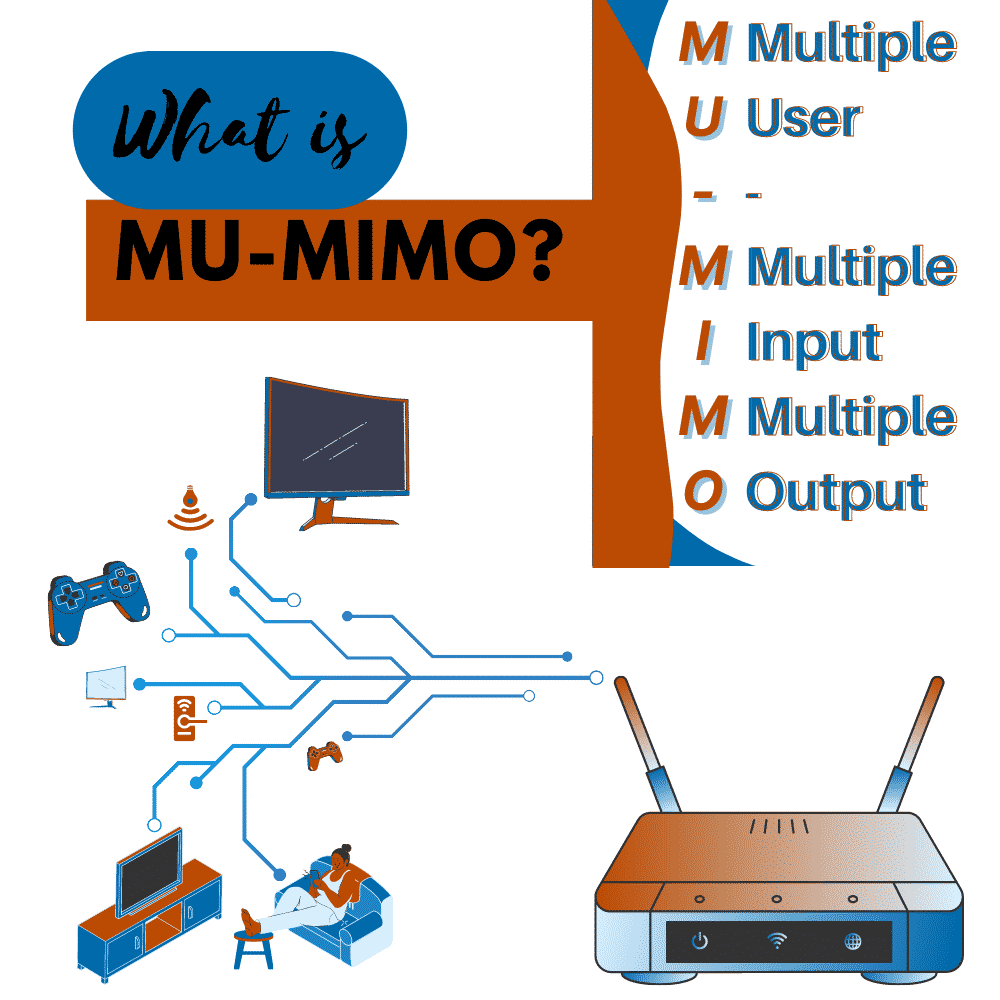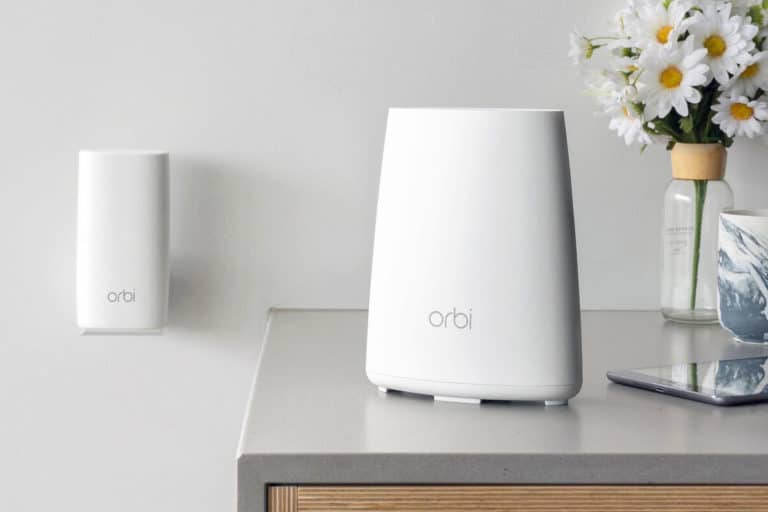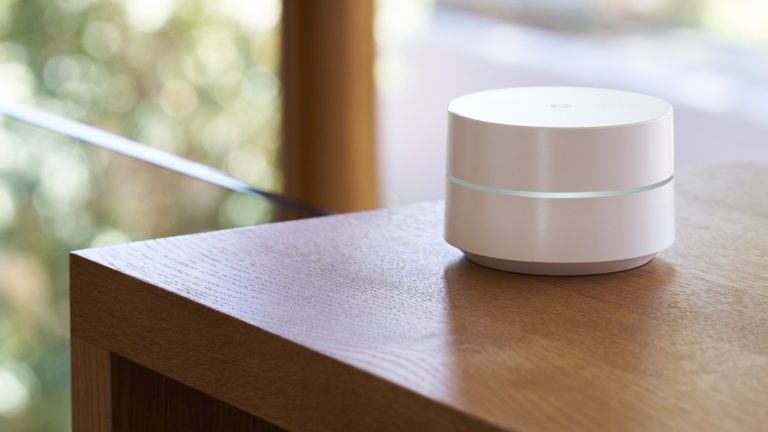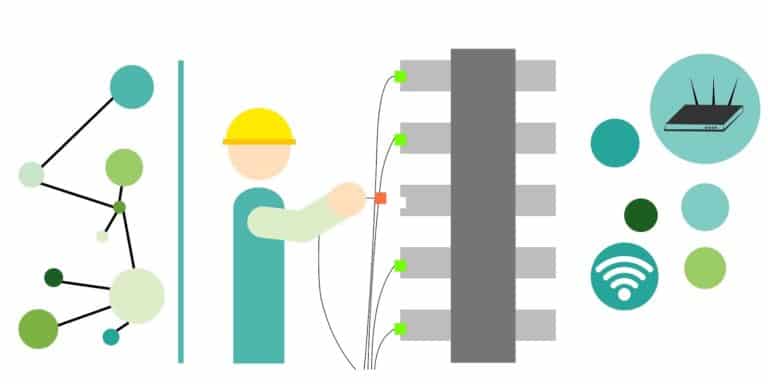What is MU-MIMO -Is It Best For A Faster WiFi Connection?

It’s no secret that mobile data speeds are slowing down. There are a lot of reasons for this, but one of the biggest factors is traffic and congestion. Or you might be using an outdated single-user MIMO (SU-MIMO) router.
Multi-User MIMO (MU-MIMO) is an emerging type of wireless connection that allows a router or access point to communicate with multiple devices simultaneously. With MU-MIMO technology, you can enjoy streaming 4k videos, games, and calls at the same time — with no interference.
Plus, if you want to enjoy the lightning speeds of Wi-Fi 6, you might want to consider getting an upgrade. So if you’re tired of slow connections or constant buffering and loading, read on!

Table of Contents
What is MU-Mimo?
Issued in 2015 by the Wi-Fi Alliance, MU-MIMO means “multi-user, multiple-input, multiple-output”. It lets WiFi routers manage multiple wireless devices at the same time instead of just one sending and receiving transmissions at a time.
Additionally, it uses more antennas to provide more bandwidth, boost signal strength and cover a wider range. The antennas help in wireless communication, transmitting, sending, and receiving data way more efficiently.
Plus, it helps to improve WiFi performance, which will let you surf the internet, stream videos, and play online games faster and smoother.
Think of MU-MIMO technology as a grocery store with multiple checkout lines. Instead of having one long line, customers can move through several shorter lines, which means that more people can be served at the same time.
This technology’s main goal is to provide a wireless network in places and environments where people want to connect to the internet at the same time. This includes the following:
- Arenas
- Airports
- Offices
- Malls
- Smart homes
Before, MU-MIMO only worked with the 5GHz band. A 5GHZ band supports more wireless devices because it has one 2.4GHZ channel and two 5GHz channels. Fortunately with technological advancements, it now also supports 2.4GHz bands.
Types of MU-MIMO implementations
There are different types of MU MIMO implementations. These implementations refer to how many antennas are in a wireless device or wireless router.
Ideally, the more antennas, the better. Why? Because it increases the router’s capacity to accumulate more wireless clients and provide more spatial streams.
There are 3 types of implementations:
- 2×2
This needs 2 antennas and offers 2 simultaneous streams or spatial streams. Additionally, 2 wireless devices can connect to both spatial streams at the same time.
- 3X3
It requires 3 antennas and offers 3 spatial streams. 3 wireless clients can connect to each of the spatial streams simultaneously.
- 4X4
It requires 4 antennas and offers 4 spatial streams. A maximum of 4 client devices can simultaneously connect to each of the spatial streams.

Additionally, older versions of wireless routers and devices use 1×1 or single-user MIMO. It only uses a single antenna and limits 1 simultaneous stream to a single client. With this, transmission is quite slower and less efficient.
What devices are compatible with MU-MIMO?
A MU-MIMO router is now mandatory for Wi-Fi 6 and Wi-Fi 6E. It’s mostly offered to modern mid-range to high-end routers and mesh WiFis. It also supported Wi-Fi 5, but older wireless routers and devices produced before 802.11ac don’t.
There are only a few devices and smartphones that support MU MIMO. This technology is still growing. Because of that, not many devices are compatible with it.
While it is not yet widely available, it is slowly becoming more common, and as more devices support it, the benefits will become more pronounced.
For now, here are some of the compatible devices that can enjoy the benefits of this cutting-edge technology:
- Samsung Galaxy S 5G Series
- Huawei Mate 40 Pro
- Huawei P40 Pro
- Oppo Find X3, X3 Pro, X3 Neo
- Oppo Reno 4 Pro
- iPhone 11 Pro, Pro Max
- iPhone 12 series
- iPhone 13 series
Here is the list of some of the routers that support MU-MIMO
- Netgear Orbi RBK752 & RBK852 (recommended)
- Amazon Eero
- TP-Link Deco X68
- Linksys – AC1750
- Linksys Velop
- Netgear Nighthawk AX5400
- Asus AC2900
- TP-Link Archer C80 AC1900
Advantages and Disadvantages of MU-MIMO Technology
As Uncle Ben said, “Great power comes great responsibilities.” It’s the same with new technology. You have to make sure that you are making the right choices, right?
Let’s weigh out the advantages and disadvantages of MU-MIMO before you upgrade your phones and routers.
Advantages
- Connected devices can receive data faster.
- Faster download speeds.
- More wireless devices can enjoy better and faster internet connections.
- Increased router capacity.
- With Wi-fi 6, it works with 2.4GHz and 5GHz channels.
Disadvantages
- Does not work well with older routers and smartphones.
- Wi-Fi 5 and below doesn’t support 2.4GHz bands.
- Upload speed isn’t increased.
- Upgrading devices and routers is a must.
The Bottom Line
It’s no surprise that faster internet speeds are a must for most people. It can be hard to imagine how we ever got by without being able to stream videos and music quickly.
With MU-MIMO technology, you and your family can receive more reliable and faster signals at once, improving the entire Wi-Fi experience for everyone. This new technology makes it possible to improve your home internet and public Wi-Fi.
If you want just that, check if your routers and mobile devices support MU-MIMO. If not, then grab your things, because it’s time for an upgrade!






